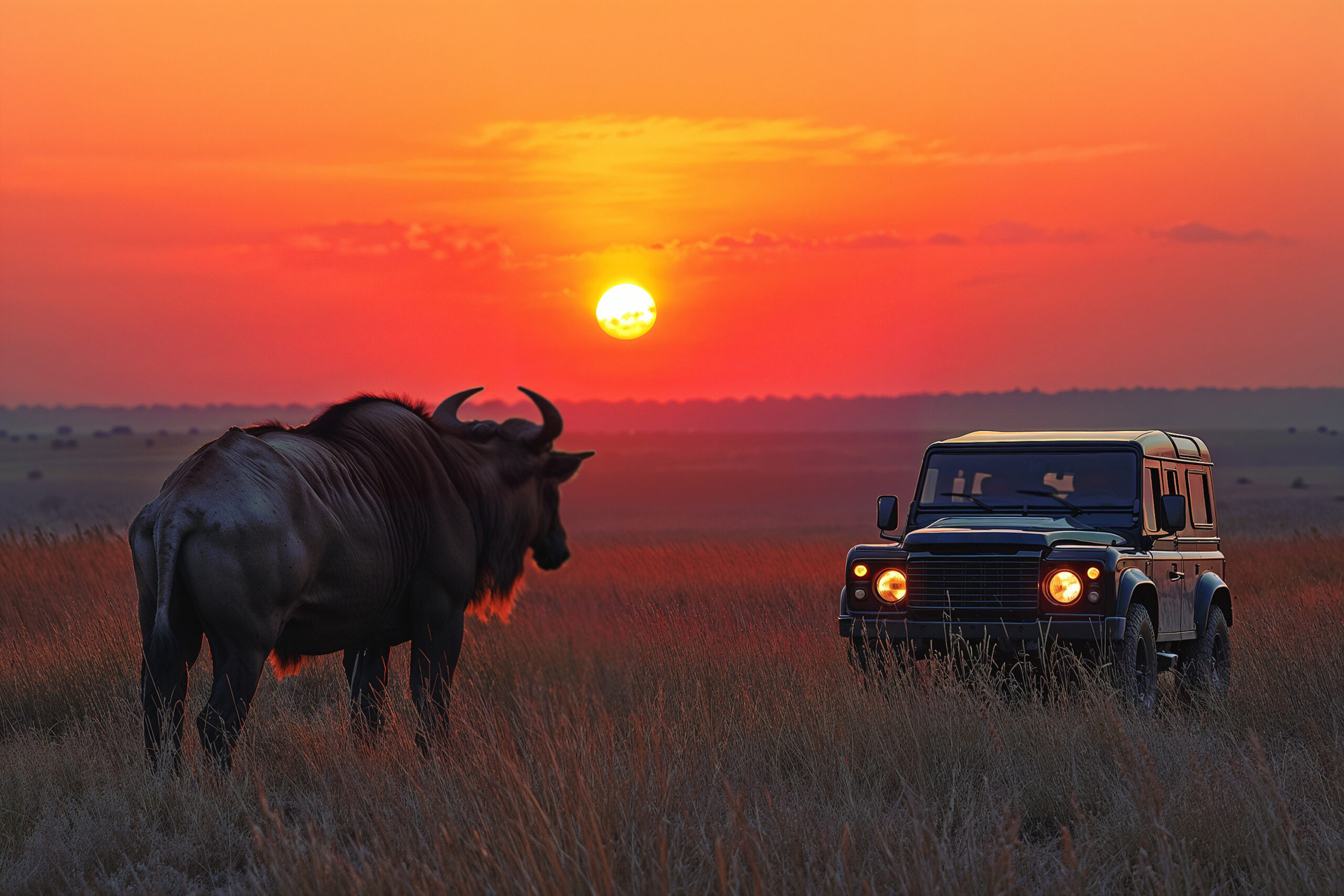When to Go on Safari in Tanzania: Month-by-Month Guide

Introduction
Tanzania is one of the most spectacular safari destinations in the world, home to iconic wildlife reserves like the Serengeti National Park, Ngorongoro Crater, Tarangire, and Selous. From the majestic Big Five to the awe-inspiring Great Migration, every month brings its own magic. But knowing when to visit can make the difference between a good trip and an unforgettable adventure. This month-by-month guide will help you decide when to go on safari in Tanzania based on wildlife activity, weather, and crowd levels.
January – Calving Season in the Serengeti
January marks the start of the calving season in the southern Serengeti. This is when thousands of wildebeest give birth, attracting predators like lions, cheetahs, and hyenas. The weather is generally warm and sunny, though occasional showers keep the grasslands lush. This month is perfect for witnessing dramatic predator-prey interactions and newborn wildlife.
February – Wildlife Action in Ndutu
February is still part of the calving season, making the Ndutu area a hotspot for big cat sightings. The open plains provide excellent visibility for photography. The weather remains favorable, with mild temperatures and limited rainfall. It’s also a quieter time before the peak tourist season begins.
March – End of the Green Season
March signals the end of the green season. Afternoon showers become more frequent, but they rarely disrupt game drives. The lush vegetation offers a stunning backdrop for photos, and migratory birds are abundant. While wildlife spotting is still rewarding, some animals begin moving towards central Serengeti as the plains dry out.
April – The Long Rains Begin
April brings the long rainy season, which continues into May. Roads in certain parks can become muddy and harder to navigate. However, the scenery is breathtakingly green, and lodges often offer discounted rates. For travelers seeking solitude and don’t mind the rain, this month can be a peaceful choice.
May – Quiet Wilderness
May remains part of the rainy season. While this is not a prime safari month for everyone, the parks are tranquil, and birdwatching is exceptional. Many lodges use this time for maintenance, so availability may be limited. For adventurous travelers, the fewer crowds make for a serene wilderness experience.
June – The Start of the Dry Season
By June, the rains have ended, and the dry season begins. Wildlife becomes easier to spot as animals gather around permanent water sources. This is also when the Great Migration starts moving north through the central Serengeti. Cooler temperatures make for comfortable game drives, and the scenery transitions from green to golden.
July – Peak Migration in Northern Serengeti
July is one of the most exciting months for safari enthusiasts. The wildebeest herds move toward the Grumeti and Mara rivers, setting the stage for dramatic river crossings. This period offers some of the most thrilling wildlife spectacles in Africa. However, it’s also the peak tourist season, so booking in advance is essential.
August – River Crossings in Full Swing
August is prime time for river crossings in the northern Serengeti. The sight of wildebeest plunging into crocodile-infested waters is unforgettable. The dry weather ensures excellent game-viewing conditions, and predator activity is at its peak. While this month offers incredible experiences, accommodations can be fully booked months ahead.
September – Wildlife Concentration in the North
September continues the excitement of river crossings. The dry season is well underway, and wildlife is concentrated near waterholes and rivers. This is an excellent month for seeing large elephant herds in Tarangire National Park. The skies remain clear, and game drives are dustier but highly rewarding.
October – Warm and Dry
October is the final month of the long dry season. The weather is warm, and animal activity remains high as wildlife continues to seek out water sources. This is also a good time for a quieter safari compared to the busier migration months. The landscapes are golden and dramatic, offering beautiful photographic opportunities.
November – Short Rains Return
November brings the short rains, which refresh the landscapes without making travel too difficult. Wildlife is still plentiful, and the scenery quickly turns green again. This is also a great time for birdwatchers, as migratory species begin to arrive. Prices are lower compared to peak months, making it an attractive option for budget-conscious travelers.
December – Festive Season in the Bush
December offers a mix of short rains and sunny days. The Serengeti begins to prepare for the calving season again, and game viewing is excellent. The festive season brings more visitors, so booking ahead is recommended. The combination of lush scenery and abundant wildlife makes this a delightful time to visit.
Finding the Right Time for You
Choosing the best time to visit Tanzania for safari depends on what you want to see. If witnessing the Great Migration is your dream, plan for July to September. For newborn wildlife and predator action, January and February are unbeatable. Bird enthusiasts may prefer November to March, while travelers seeking fewer crowds might enjoy April, May, or early June.
Conclusion
Tanzania’s safari seasons offer something for every kind of traveler, from the drama of river crossings to the tranquility of green landscapes. While certain months are more popular for wildlife sightings, there is no wrong time to explore this incredible destination. By understanding the seasonal changes and planning accordingly, you can ensure your safari is everything you’ve dreamed of and more. Whether you’re chasing the Great Migration or enjoying the peace of the low season, Tanzania promises an unforgettable journey through some of the world’s most remarkable wilderness.



